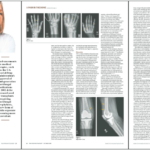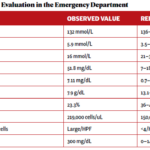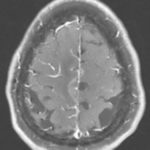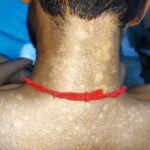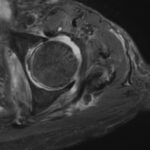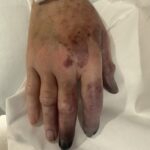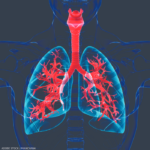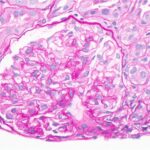I often think about medical literature as a sprawling metropolis. There are towering skyscrapers of randomized controlled trials, lofty schools of systematic reviews and meta-analyses, and verdant parks of qualitative studies. Much less assuming are the case reports, which are sort of like homesteads for the majority of people who publish and contribute to the…
